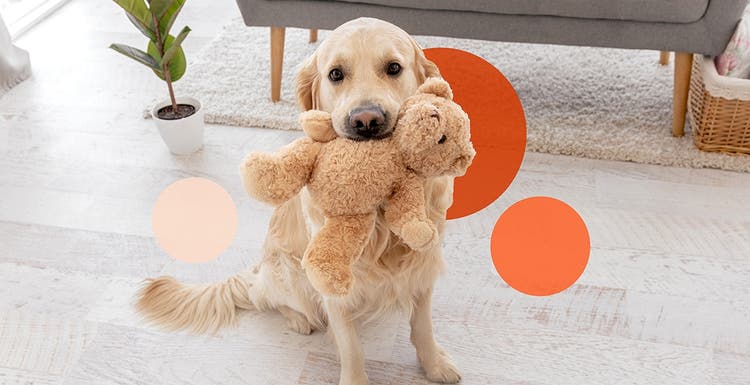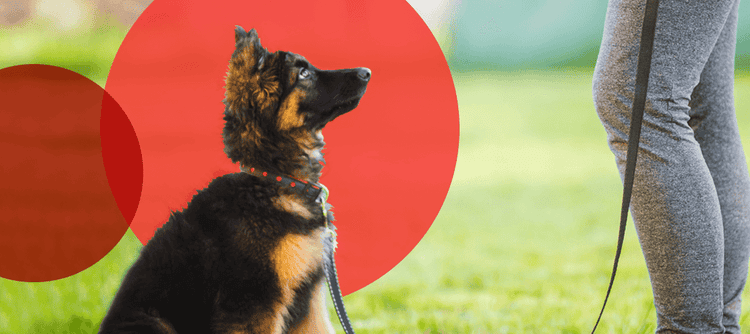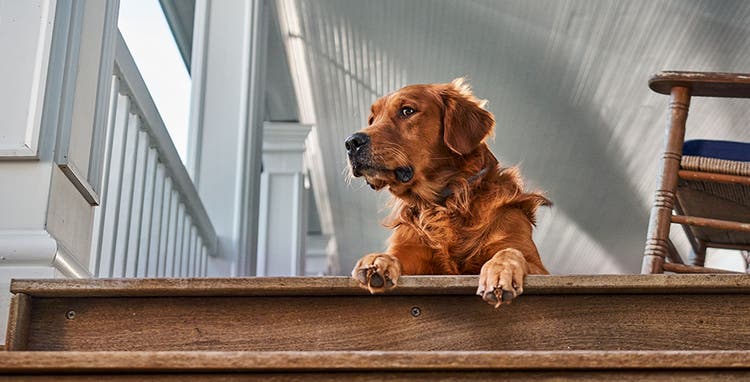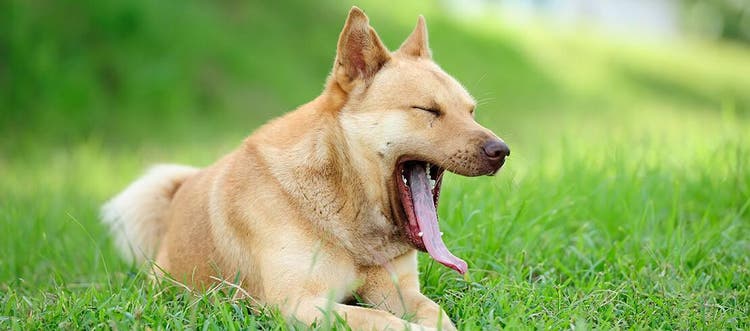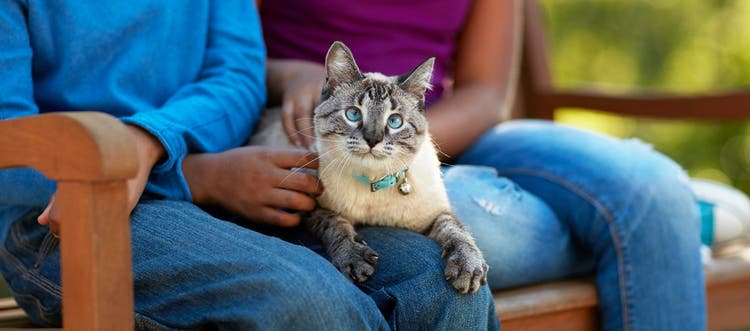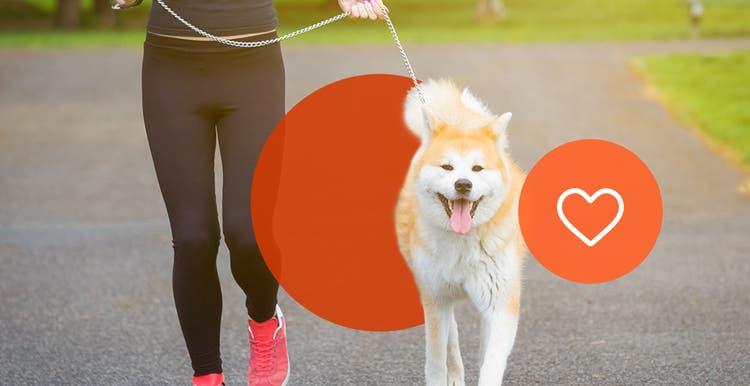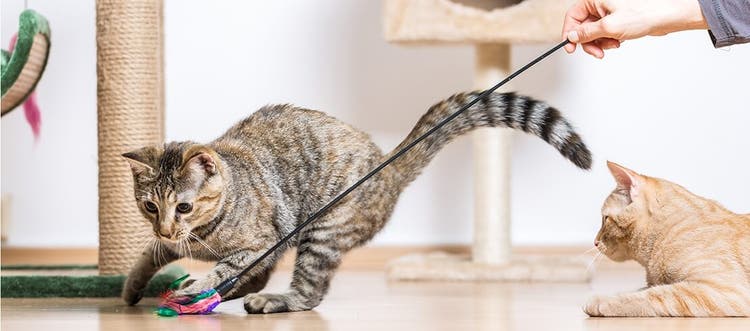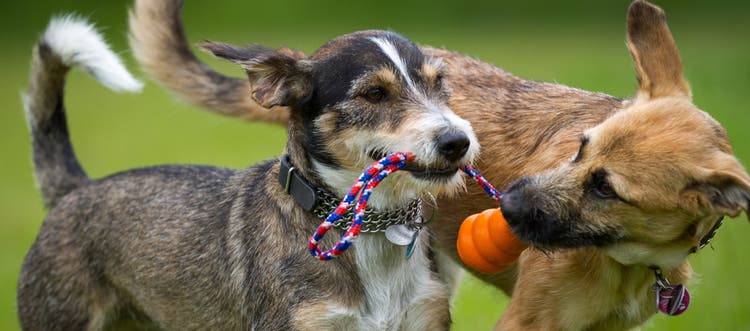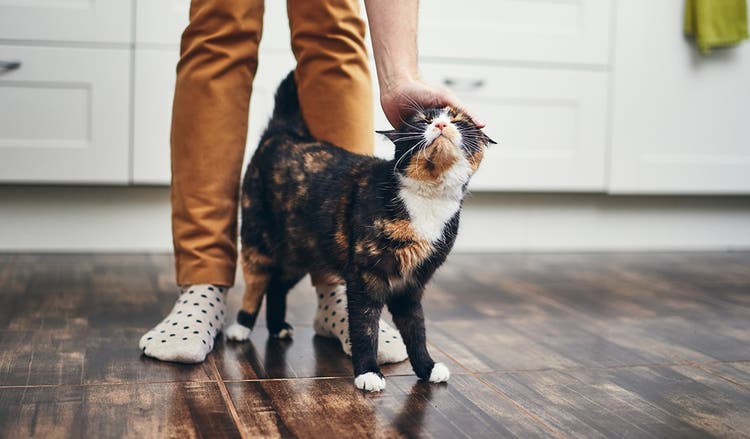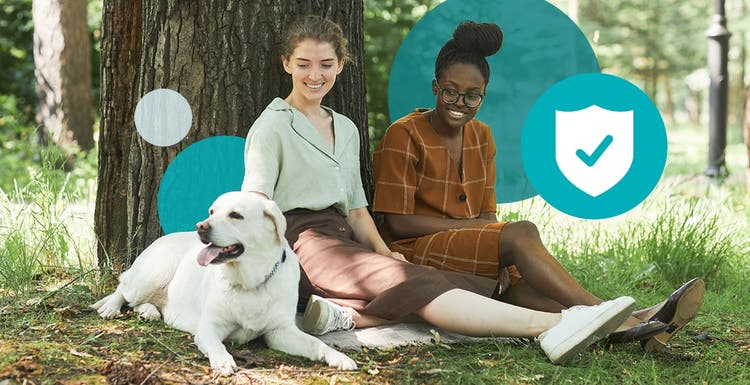Make playtime more enjoyable for everyone.
Your dog has been waiting for it all day: playtime!
While some activities always get them wagging, your dog may turn up their nose to other types of play. That's because all dogs have unique play styles influenced by their breed, upbringing, training and individual preferences.
See which dog play styles best fit your pet - and get tips to strengthen your bond, and keep play safe and enjoyable.
Common Dog Play Styles
The Wrestler
Full-body contact and bared teeth are sure signs of Wrestlers. This is a common play style in sporting and terrier breeds, enjoyed by lightweights and heavyweights alike. Nipping, pushing and jumping are typical, but watch out for bullying, biting or stress.
Play tip: Keep roughhousing to the canines. While some dogs understand which humans want to play and when, others can mistake cues and think anyone is up to wrestle. Instead, try tug of war or hiking to spend quality time with your pet.
The Lone Wolf
Who needs a group when you can entertain yourself? These DIYers are perfectly content wrestling with their toys, throwing balls to themselves and running around solo. This is frequently seen in hounds, which were bred to hunt independently alongside humans. Retrievers also can fall in this group, although they might let you join their games of fetch.
Play tip: Wondering how to play with a dog that enjoys their alone time? Try interactive toys, which can keep their attention longer. Options include treat-releasing puzzles and hide-and-seek plush toys.
The Chaser
Run, run, run - and then run some more. While some of these marathoners prefer to lead the pack, others like to be the target of the chase. Herders and hounds, both bred with the stamina for long runs, tend to fall into this (seemingly tireless) category - but dogs of all types can enjoy the thrill of the chase.
Play tip: Not in the mood for the dog park? Get a toy with wheels, like a remote-controlled animal or car. Then let your dog loose until they run out of steam - or the toy runs out of batteries.
The Cheerleader
Taking in the action from the sidelines, Cheerleaders play alongside other dogs rather than being in the middle of the game, running and barking along the outer edge. If your dog jumps in to break up a game, others might not appreciate the fun coming to a halt - so pull them out of the group if needed. This play style is common in the herder group.
Play tip: Tap into natural herding instincts with a next-level game of fetch. First show your dog a toy, and then name it (for example, "red ball"). Place the object a few feet away and tell them to fetch it. Continue naming and adding more objects and asking them to fetch specific ones.
The Tugger
These tug-of-war enthusiasts have never met a stick or rope they didn't love to grapple over. Encourage them to play with other dogs or humans - but always avoid this type of play in dogs that display possessive aggression.
Play tip: Use tug of war to teach your dog the commands "take it" and "drop it," and reward them with a treat when they get it right. This could come in handy if they get their mouth on off-limits items.
The Body Slammer
Bumper cars have nothing on them. Common to sporting and terrier breeds, these bulldozers run into other dogs and try to knock them over. You may notice your dog perpendicularly "hip check" other dogs with this type of play.
Play tip: How do dogs play rough without offending (or hurting) others? The key is finding other dogs that also enjoy full-contact play. Similarly sized dogs could make better playmates. Just make sure no one is uncomfortable or injured.
The Soft Toucher
Short-and-sweet play is key for these dogs, typically herders and smaller breeds, but also seniors and lower-energy pups. Often hesitant to play with other dogs, they prefer interactions to be more - dare we say - "cat-like."
Play tip: Teach "nose touching" - a type of targeting where your dog touches their nose to your hand. For your touchy-feely friend, it's a gentle way to greet humans, as well as interact with you during walks.
Ready, Set, Play!
Now that you know how your dog likes to play, get out there and give these tips a try.
